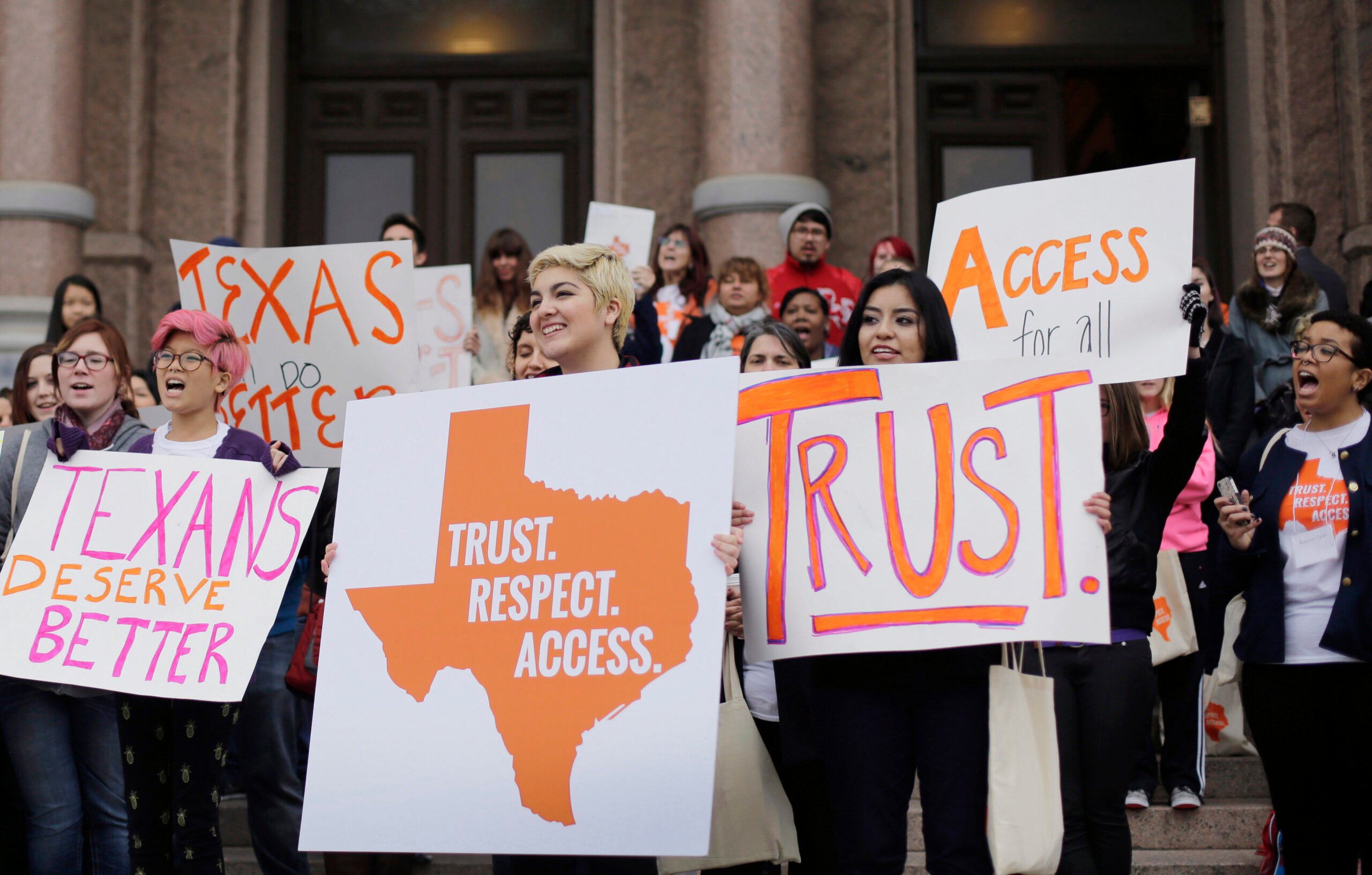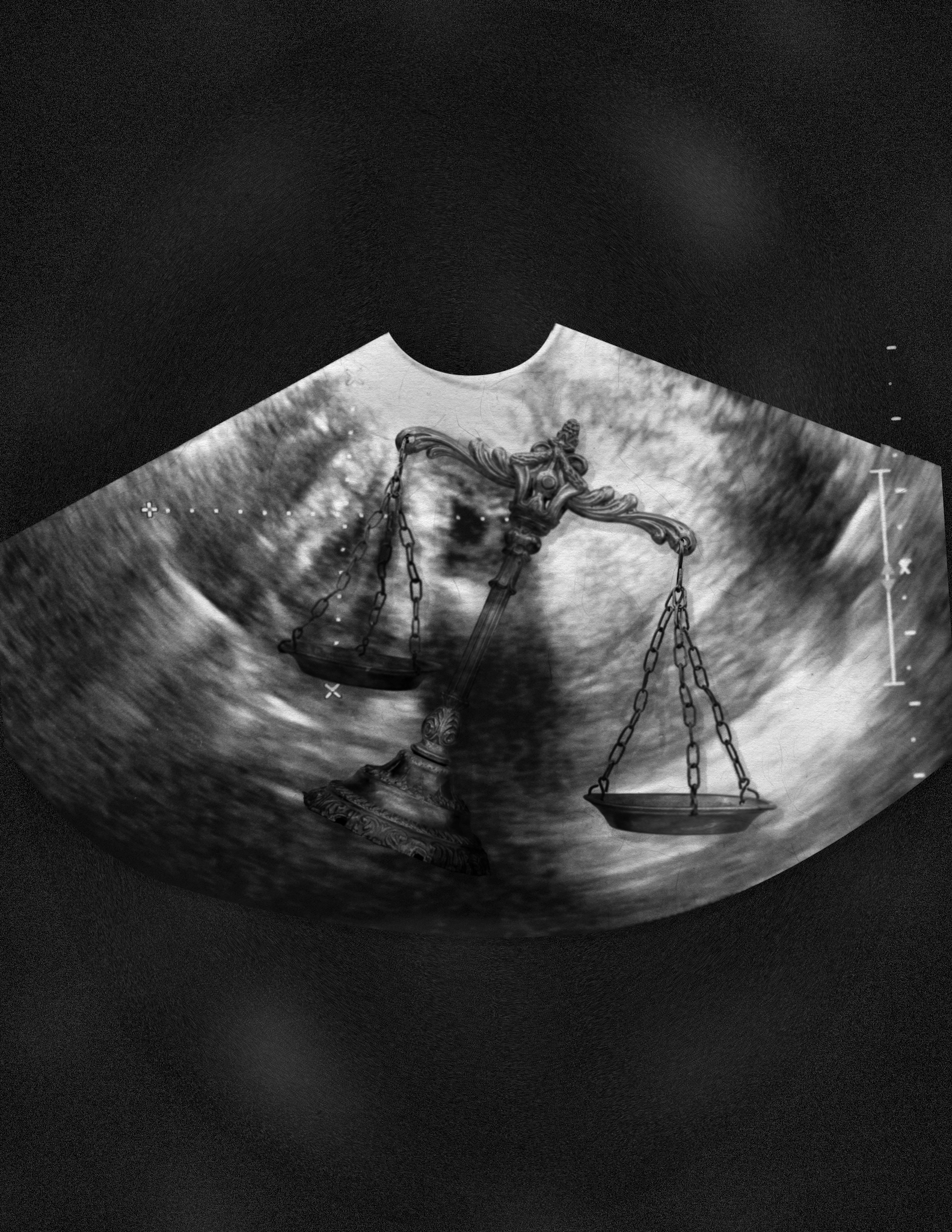
Report: Thousands Fewer Women Served by Women’s Health Program Since 2011

The number of women served by a state women’s health program has dropped by one-quarter since the Texas Legislature excluded Planned Parenthood from participating, according to state data released this week.
According to a biennial report released Tuesday by the Health and Human Services Commission, the number of women served by the Texas Women’s Health Program dropped from about 115,000 in fiscal year 2011 to approximately 86,000 in 2013.
The Texas Women’s Health Program was created as a substitute to the federally funded Medicaid Women’s Health Program, which was zeroed out after state GOP lawmakers excluded Planned Parenthood from the program in 2011.
The Texas Women’s Health Program covers annual exams, birth control, cancer screenings and STD tests for low-income women ages 18 to 44 who are not pregnant but would be eligible for Medicaid should they get pregnant. Money for the program comes entirely from the state of Texas, to the tune of $36 million per year—the same funding level as the defunct federal program. The Legislature requires the Health and Human Services Commission to report on the program’s performance every two years.
Utilization of services through the Texas Women’s Health Program decreased across the state, except in the upper Rio Grande Valley. West Texas saw the greatest decrease in women served, a 63 percent decline between 2011 and 2013. The report also shows that fewer women received birth control through the program over the same time period.
In 2011, along with excluding Planned Parenthood from the Medicaid Women’s Health Program, the Legislature slashed nearly $70 million from the family planning budget, which provided contraception, Pap smears and cancer screenings to low-income women. The budget cuts led to the closure of more than 50 family planning clinics, which also serve patients through the Texas Women’s Health Program. Some clinics have reopened and in 2013 lawmakers restored funding for family planning to pre-2011 levels.
But the report released on Tuesday suggests that the decrease in providers and clinics could be playing a role in fewer women being served. Anna Chatillon, policy coordinator with the Texas Women’s Healthcare Coalition, which represents dozens of health care advocacy groups, public policy organizations and health providers, attributes the drop in women served to the dramatic cuts to a related state family planning program.
“We lost a lot of the providers with the massive cuts in 2011, that’s one big piece of it,” she said. “It really devastated the safety net.”
Women may be unable to make longer trips to remaining clinics; there may be longer waiting times; and clinics that used to provide services for free are now charging. Chatillon and other experts say that the issue needs a lot more study to know for sure.
The report doesn’t count women who have been served by Planned Parenthood in the last year. Linda Edward Gockel, a Health and Human Services Commission spokesperson, wrote in an email to the Observer that the agency “had recruited enough providers to serve the women enrolled, but many women chose to stay with Planned Parenthood.”
However, as the report shows, when women do receive family planning services through the Texas Women’s Health Program, the state saves money. The report estimates that the state will save $38.1 million in avoided Medicaid-funded births.
The Senate Finance Committee has been meeting this week to put final touches on its version of the budget. On Tuesday, the committee approved a $50 million increase in funding for women’s health services. State Sen. Jane Nelson (R-Flower Mound), who served as the chair of the Senate Health and Human Services Committee when the Legislature approved the 2011 cuts and is now chief Senate budget writer, said in a written statement to the Observer that with this session’s funding increase, Texas is “headed in the right direction on women’s health.”
“Our goals this session are to strengthen family planning, improve education, make the system easier to navigate and ensure statewide coverage,” she said.
The House will debate its version of the budget next week, which includes a $20 million increase in women’s health services.


